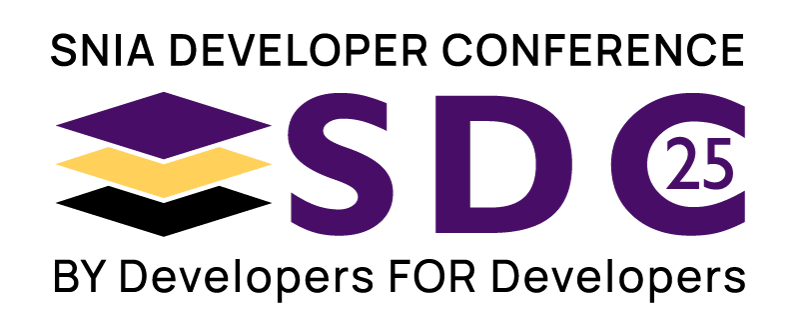
Windows Protocol Test Suites: Architecture, Design, and Usage for Testing Protocol Implementations

Salon VI
Wed Sep 20 | 11:35am
Abstract
The Windows Protocol Test Suites is an open source, cross platform application designed to enable the testing of implementations of selected Windows protocols. It is used both internally at Microsoft to ensure that protocol behaviors are in line with the publicly available protocol specifications, and by protocol implementers to test their own protocol behaviors. In this talk, we'll provide a deep dive into the architecture and design of the Test Suites, discussing some of the design decisions. We will also discuss the protocols that are currently supported, and then demonstrate using the Test Suites to test a protocol implementation.
Learning Objectives
- Introduce the Protocol Test Suites
- Describe the architecture and design decisions
- Demonstrate usage of the Test Suites
- How the Test Suites can be integrated in CI/CD pipelines



